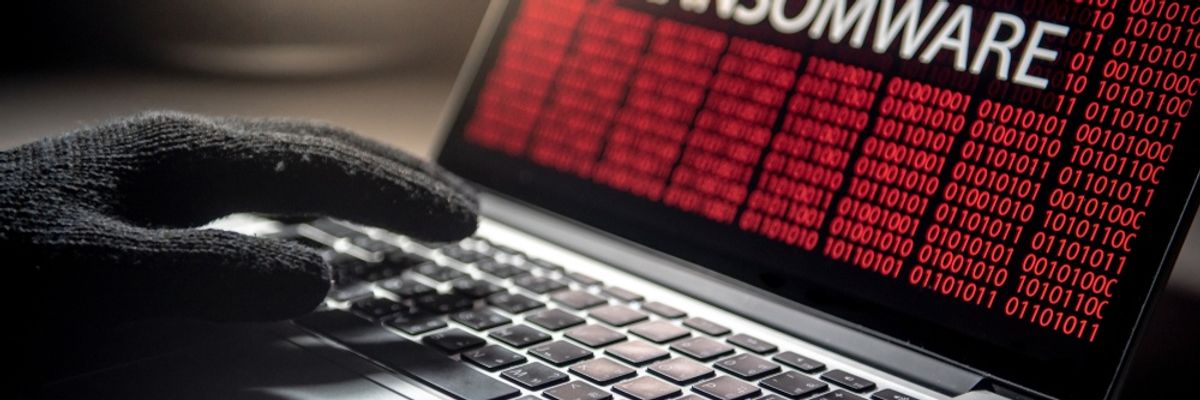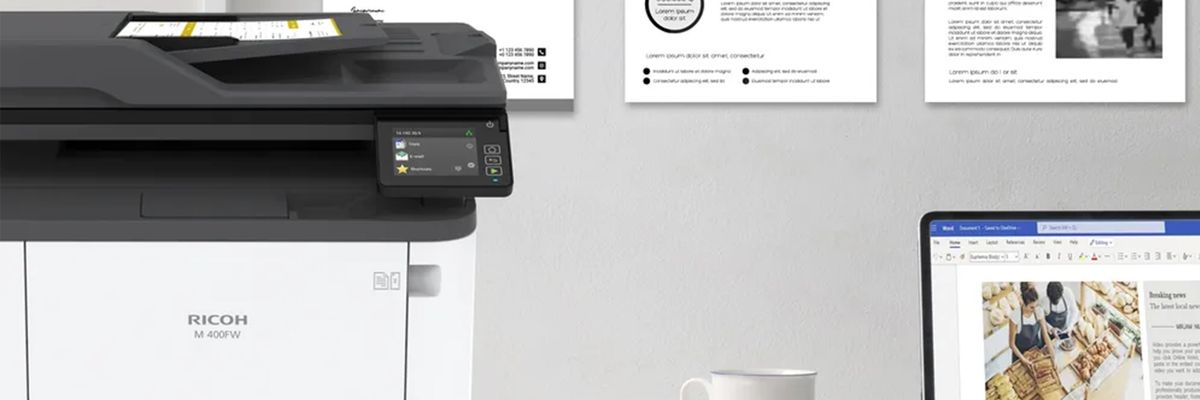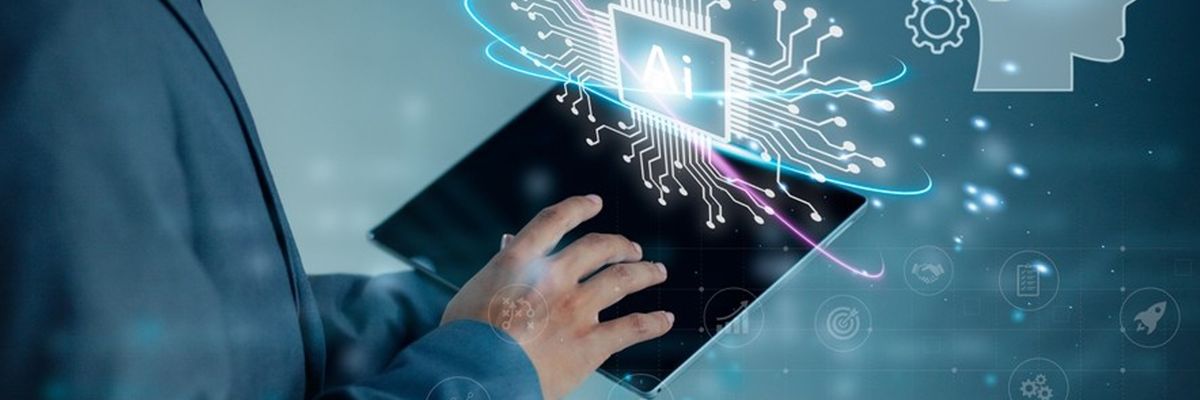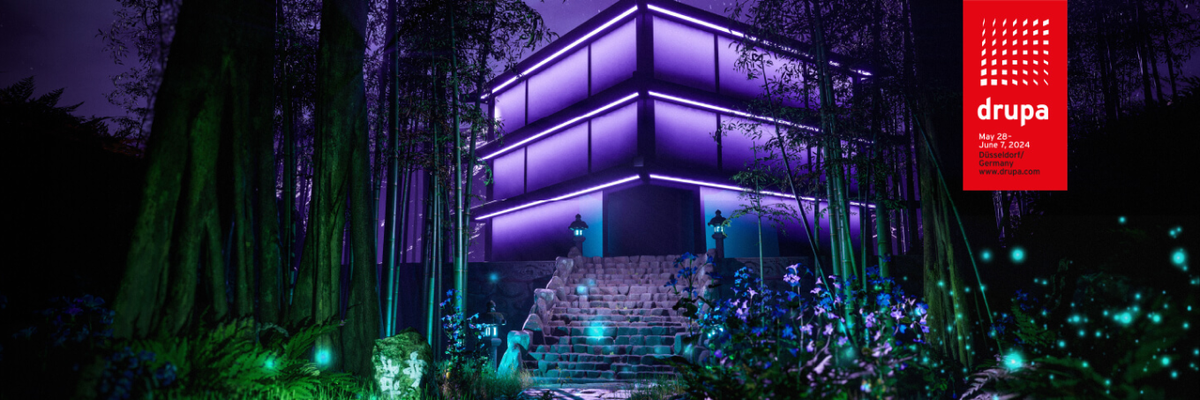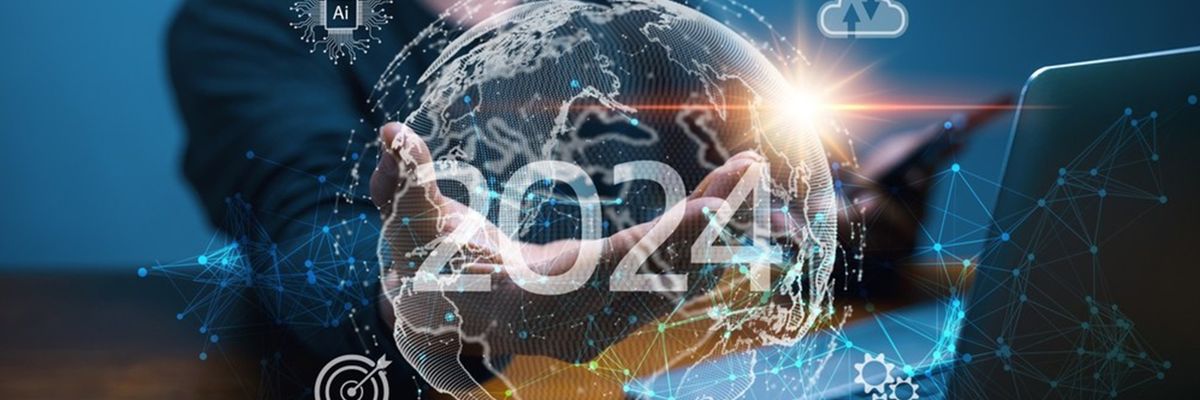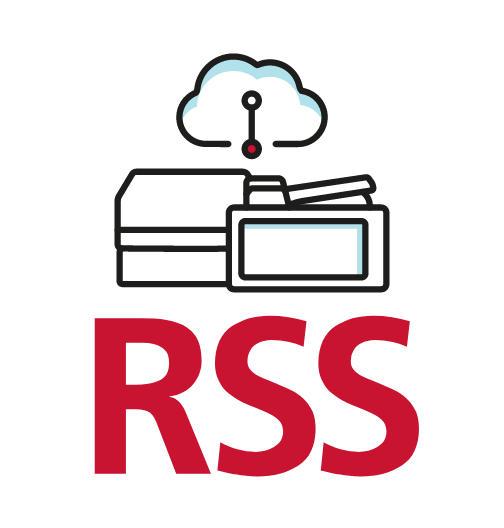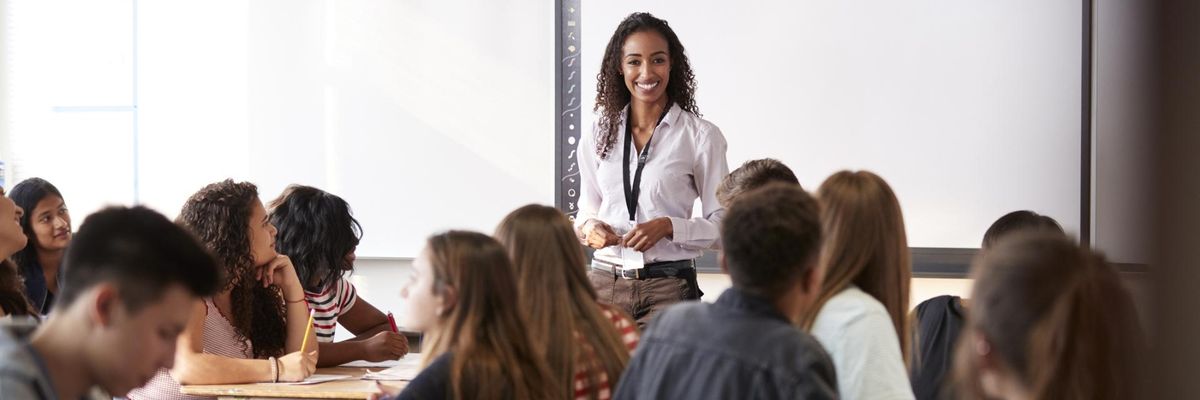
Smart classroom: What will the learning of the future look like?
Ricoh's solutions in the Classroom help provide a learning experience with space utilization capabilities and a paperless approach to reduce costs and maximize learning.
Change driven by advances in technology is driving a new future for organizations in the education sector. The need to improve student and teacher value and satisfaction through immediate and tailored information delivery is a priority. In addition, the transformation of traditional methods will focus on attracting talent and meeting the needs and demands of the next generation of learners. The best schools of the future will be those that integrate technology into their classrooms and back-office processes. The result will be an environment that enriches the interaction between teachers, technology, and students.
Ricoh's solutions in the Classroom help provide a learning experience with space utilization capabilities and a paperless approach to reduce costs and maximize learning. Regarding students' campus experience with the institution, millennials expect it to be agile, dynamic, and mobile in the same way they are used to in their personal, technology-enabled lives. This is an immediate reflection of the digital transformation, allowing a car to be available at the touch of a smartphone or a funds transfer to be as simple as swiping a finger across the screen.
Implementing the right technology and infrastructure will facilitate the student experience. For example, in creating a print store via the Cloud anywhere, anytime, or implementing the tools and processes that will help faculties grade exams more quickly and accurately so that students can check and withdraw their grades and records at their convenience.
The smart classroom is a concept where space and technology come together to support new learning methods, such as collaborative experience, aligned content, and differentiated education. It is designed to integrate content and technologies into a holistic solution that facilitates content visualization, and collaboration and enhances the learning experience. It integrates tablets, laptops, projectors, interactive whiteboards, classroom content and management software, video conferencing systems, multifunction printers, and other elements into an all-in-one service. Ricoh also integrates and enables cloud-based architectures to manage and support all devices, including student devices (BYOD).
Some of the advantages include:
- They are much less expensive than "traditional" training rooms.
- More reliable as there are fewer points of failure and fewer IT security vulnerabilities.
- It is a single, standard, location-independent learning experience.
- Requires less time and effort in custom programming (and associated costs).
- Installed in hours, not days or weeks.
- Saves on travel costs.
- Distance Learning.
According to a study conducted by Ricoh, 80% of the students surveyed use the internal cards of each university to access the campus parking lot, while 40% use their card to print documents and only 10% of those surveyed use it as an electronic purse in the cafeteria.





